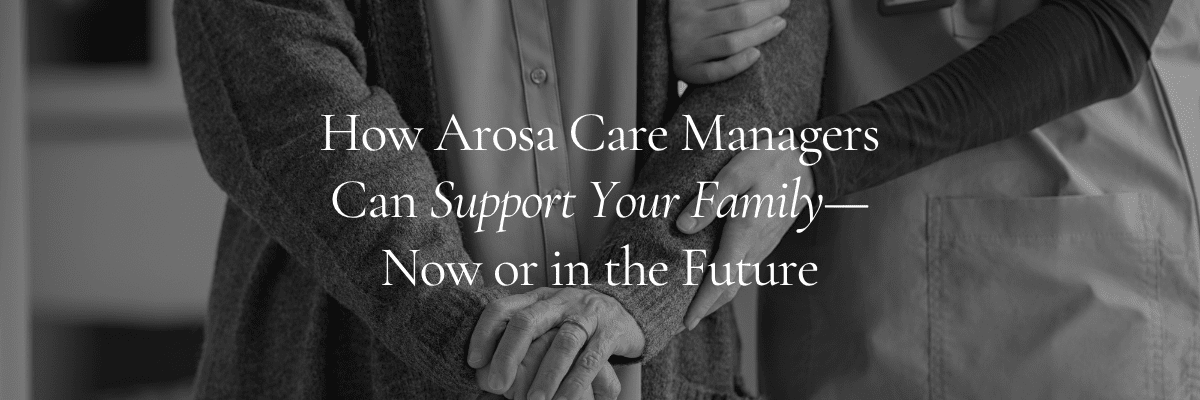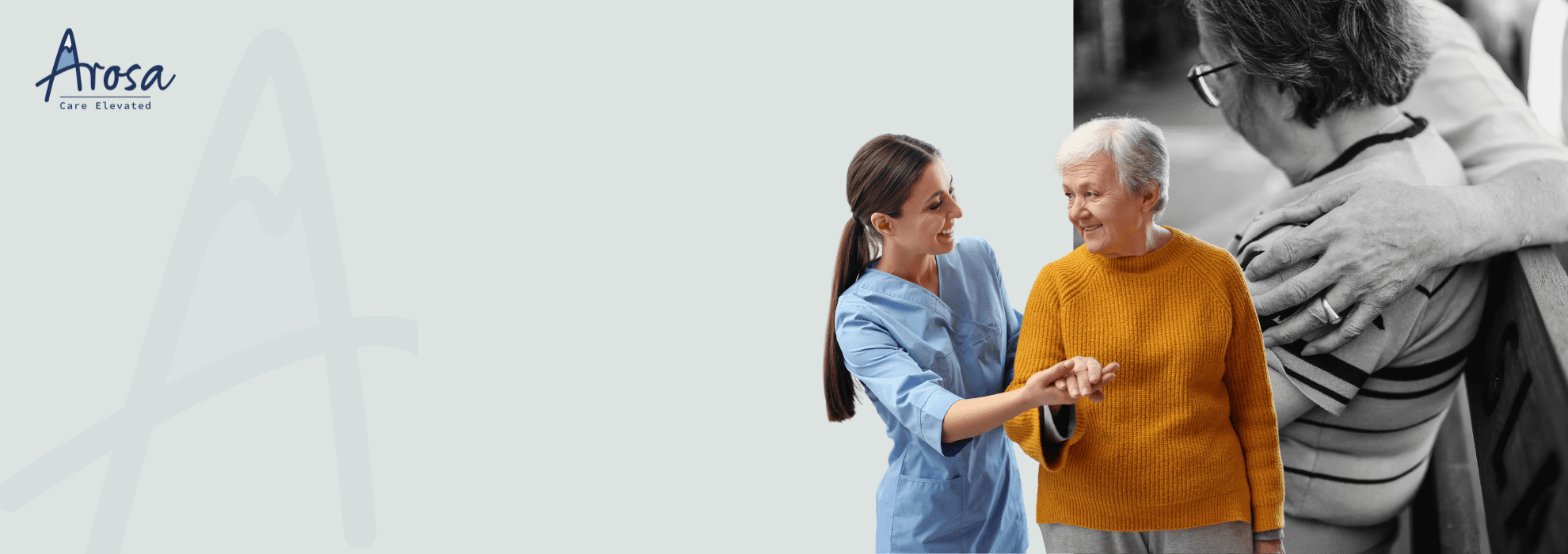Fear of Falling: New Frontiers in Senior Fall Prevention
Falling and its many consequences are hardly new to the senior age group. There are a host of reasons seniors fall, some of which can be mitigated, and there are several new technologies that may help make this phenomenon less damaging.
Medicare and Medicaid certainly have an interest in the matter. These two entities bear 75% of the costs incurred when seniors fall and injure themselves, which they do at alarming rates – 800,000 patients are hospitalized each year for fall-related injuries, and three million visit the emergency department for the same reason. Total medical costs in 2015 associated with falls was $50 billion.
Falls account for 95% of hip fractures and are the most common cause of traumatic brain injury. Sadly, 9500 people die each year from causes related to a fall.
Falling….and falling again
Perhaps because we tend to concentrate on the ramifications of a fall more than we do on the reason it happened, 2/3 of those who fall will do so again in the next six months.
Falling is largely regarded as an under-reported event. Provided a visible or serious injury is not incurred, many seniors refrain from telling anyone, including the doctor. Thirty-eight percent report that they did not tell their doctors after a fall. Seniors, worried that the fall signals the true onset of old age or an early sign of incompetence, keep it a secret for fear of losing whatever degree of independence they currently enjoy.
The potential harm of a fall is both physical and emotional. The loss of confidence sustained in a fall can cause seniors to modify their behaviors and impose limits on themselves, such as not going out at night and/or in the winter. They may withdraw from social opportunities and become less active, less connected and physically weaker. They may even unconsciously change the way they walk.
The fear of falling may lead to lifestyle modifications that actually increase the likelihood of another fall.
Physical and Environmental Risk Factors
Some of the changes that occur with aging put seniors at greater risk for falling. The more prominent risk factors include:
- Lower body weakness
- Foot pain/neuropathy/inappropriate footwear
- Gait and balance issues
- Vision impairments
- Urinary frequency/urgency – having to go to the bathroom often and quickly creates more opportunities for falls
Environmental elements cannot be overlooked. Poor lighting, uneven surfaces (gravel driveways, sidewalks, etc.) slippery surfaces and obstructions around which we must maneuver are just a few contributors to falls. It is not terribly difficult to allay the risks imposed by these features, and perhaps minimize the likelihood of a fall:
Clean up the environment – Remove piles of magazines, books stacked on the floor, and excess furniture, and manage the many cords that come with modern life. Remove rugs or use non-skid backing to ensure they don’t slip underfoot.
Add lighting – Install nightlights in bedrooms, hallways and bathrooms, add tap lights in darker areas, and make sure there is a light switch at both the top and bottom of the stairs. Consider glow-in-the-dark switches and higher wattage bulbs in existing lamps and fixtures.
Make use of paint – Paint objects of critical importance in contrasting colors. Some paint the top edges of the stairs a contrasting color. The same can be done to thresholds and handrails to increase visibility.
Fortify the Senior
It’s not enough to improve the environment. Strengthening the people at risk for falling is perhaps the single greatest intervention we can perform. Exercise is critical to the maintenance of strength, balance and coordination, and it should be part of the daily routine. Tai Chi and yoga are particularly effective in improving lower body strength, coordination and balance.
Other actions we can take to fortify the person:
See the eye doctor – Glaucoma and cataracts can cloud vision and increase the risk for falls. Bifocal and progressive lens prescriptions can also create issues when the wearer is walking (there is distortion when looking down through the magnified section for reading). Some eye doctors recommend getting a distance-only set of glasses for longer periods of walking.
Talk to the doctor and pharmacist – Medications can induce sleepiness or dizziness. Disclose over-the-counter medication use to ensure there are no dangerous interactions with prescription medications.
Take a hard look at footwear — Some seniors are unrealistic about footwear. We had a client years ago, in her 80s and on a walker, who was still hobbling around in high heels when we met her. Shoes that encase the entire foot are preferred, with non-skid soles. Shoes are better than bare feet, and bare feet are better than slippers.
Emergent Technology
Technology is set to revolutionize the way we age. Smart phones and related technologies make it possible to communicate with the outside world, even when we can’t convey messages verbally. There are also methods to train senior muscles to respond and correct the course when a fall is imminent. Here are a few of the new and promising technological solutions to the long-time problem of falling:
Smart shoes – Not yet available in the U.S., these shoes resemble typical running shoes. They are anything but typical, however. Equipped with accelerometers, gyroscopes and pressure systems, these shoes can detect when a fall has occurred and send a notification to a designated receiver’s smart phone. The shoes are also GPS-equipped so the senior can easily be located. The senior wearing the shoes will feel them vibrate, signaling that a loved one or neighbor has been notified of the fall and help is on the way (forty-seven percent of seniors who fall cannot get up on their own).
The Allen Band – Also in the developmental stages, these devices were inspired by the Fitbit. After the inventor’s father fell and could not call for help, he created a wearable band that measures movement, heart rate and body temperature. It sends a push notification to a designated receiver’s phone if there is no movement for four hours.
The Hip’Air – Just like airbags that deploy in a car upon impact, these wearable air bags deploy when a fall is occurring. The user wears a belt around the waist. When the sensors detect a fall, the bags deploy over each hip and protect this vulnerable area from full impact.
The HUR System – Used in rehab and senior-living facilities, this system resembles a treadmill with a screen. Users stand on a pad equipped with sensors. The machine can assess balance issues and fall risk through a series of exercises and games and offers training to correct the identified vulnerabilities.
Fall Prevention Training systems – The University of Illinois at Chicago has a special lab designed to train seniors to avoid falls. Users are attached to harnesses and asked to walk on what appears to be a standard treadmill. The treadmill is deliberately stopped, creating the circumstances of a fall – users must attempt to regain their balance and remain upright. Over time, muscle memory develops, and users can self-correct much more effectively. Even when cognitive memory is impaired, muscle memory endures.
Training may not only reduce the likelihood of a fall but can restore confidence and enable seniors to continue with a full schedule of activities. The fear of falling and the limitations it may inspire is almost as compromising to the senior as a physical fall. Keeping the user strong and ready, and the environment uncluttered and well-lit, among other things, may represent the best steps toward keeping seniors on their feet.
© Arosa



